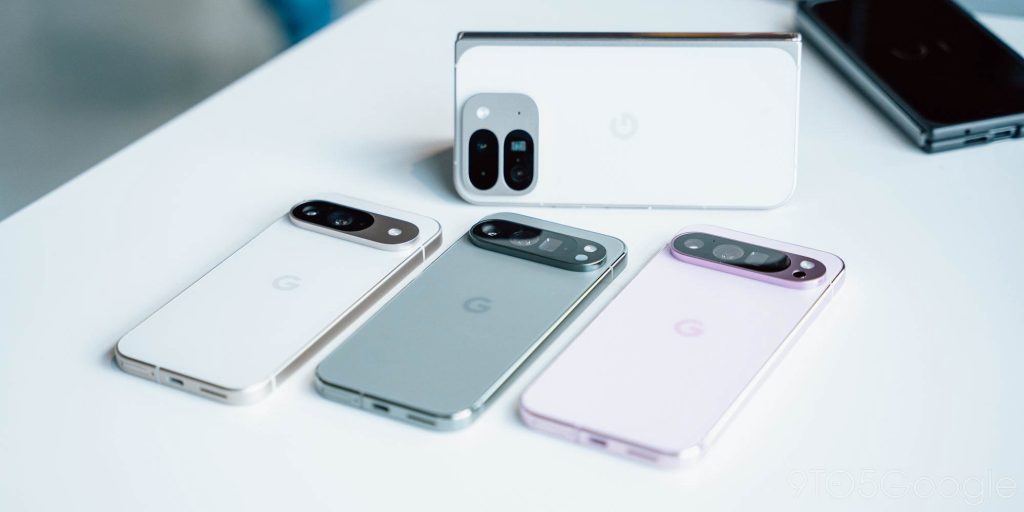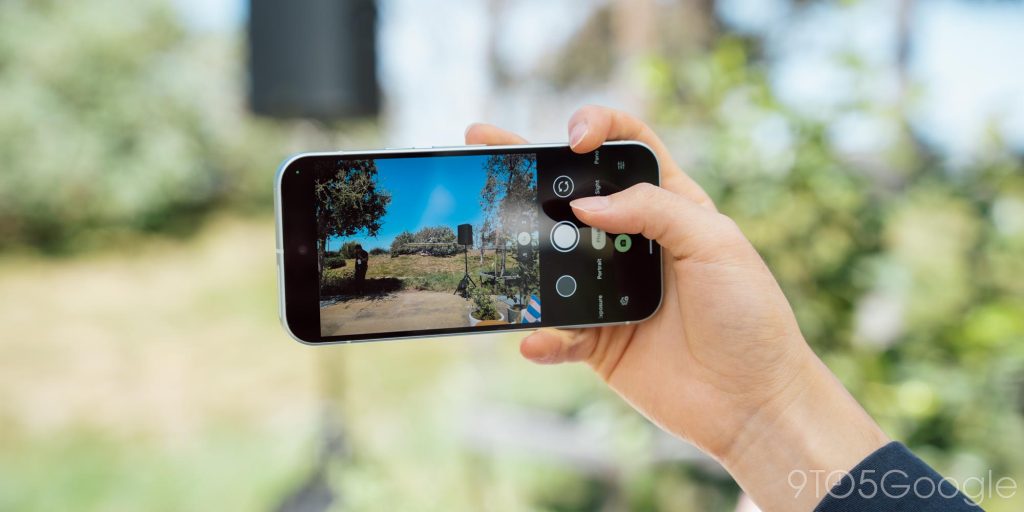
Google’s lineup of Pixel 9 phones is admittedly a little confusing. The Pixel 9 is the base model, as one would expect, but the differences between it and the Pro model aren’t quite so obvious with a new size change.
How many Pixel 9 variations are there?
Technically, Google released four new devices under the “Pixel 9” moniker. That includes the Pixel 9, 9 Pro, 9 Pro XL, and the Pixel 9 Pro Fold. It’s completely understandable if you confuse any of these devices with each other. In name, they are not different enough.
The main three phones to consider are the Pixel 9, 9 Pro, and 9 Pro XL. The reason for that is that the 9 Pro Fold is a foldable phone – something the majority of users might not be interested in. It’s also unique enough that its design and specs are obviously different from the rest of the lineup.

The main three, however, share a lot of similarities that can be a little confusing, at first.
A ‘Pro’ model in the same body
In recent years, Google has followed a very specific naming scheme for its devices. This year, not only has the scheme changed, but so has the design structure. Instead of a smaller base model accompanied by a larger Pro model, Google has decided to make a base and Pro variant in the same size.
That same size measures 6.3 inches from corner to corner, just a little bigger than the Pixel 8 released last year. At that size, Google is betting that most users will want a smaller device rather than a large one. That’s where the Pixel 9 Pro XL comes in.
Related: Pixel 9 Pro review: Smartphone gone smarter
Instead of limiting better hardware and features to the larger variant, Google is building two Pro models, with one coming in at a hefty 6.8 inches from corner to corner. This way, users have a choice of size between the more expensive models. In essence, users don’t have to take the bigger version just because they want the telephoto lens or more RAM.
Between the Pixel 9 Pro and Pixel 9 Pro XL, there are literally zero differences other than size, weight, and battery. They both do the same exact thing. One just does it smaller.

As for the Pixel 9 versus the more expensive variant, there are a few significant differences that result in a $200 difference.
First, the Pixel 9 Pro does not bring a 48MP telephoto lens. That’s going to be the most noticeable difference between the two. With that, the Pixel 9 Pro also utilizes Super Res Zoom up to 30x, with optical zoom up to 10x. The Pro model is also able to upscale videos to 8K with Google’s Video Boost function as well as use the Zoom Enhance tool. This is something I wish we saw on the Pixel 9.
Between the two in regards to camera functions, all of the same Magic Editor tools will be available. Add Me and the new Reimagine feature in Magic Editor are included.

The Pixel 9 is also physically limited. Instead of 16GB of RAM, the base model only has 12GB. This is a step up from last year, and the difference might be negligible for most users.
The Pixel 9 comes with an Actua display for increased brightness up to 2,700 nits, while the Super Actua display on the 9 Pro can get up to 3,000 nits. While that may be a small difference, the downgrade to 1080p in the cheapest model might be a point of contention for some, especially at $799. The Pixel 9 Pro hits 1280 x 2056 on its display resolution.
Another difference you might not notice until both devices are in the hand is the bezel size. The Pixel 9 has obviously thicker bezels than the more expensive brother, even though they’re uniform across the entire display. In design, the Pixel 9 also brings more vibrant colors. The Peony colorway is much more lively than the Rose Quartz offered for the Pixel 9 Pro.
Other than those differences, the Pixel 9 and the Pixel 9 Pro are almost identical. Each has a great, premium feel in the hand, and each feels like a big step up from last year. Be sure to check out our initial reviews on each device as they become available.
FTC: We use income earning auto affiliate links. More.





Comments